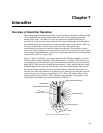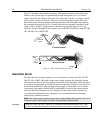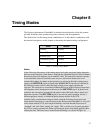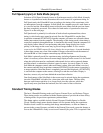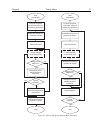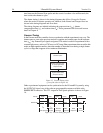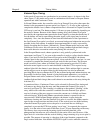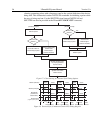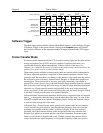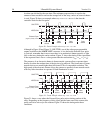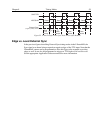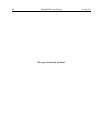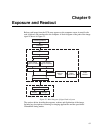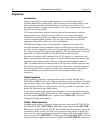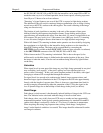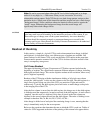
Chapter 8 Timing Modes 57
NOTSCAN
(Continuous
Cleans ON)
Shutter (Normal)
Open Close Open Close Open Close
Read Read Read
Shutter (Preopen)
Open Close Open Close Open Close
External Sync
(negative polarity shown)
CleanCleanClean
Figure 19. External Sync (Continuous Cleans ON) Timing diagram
Software Trigger
The third timing mode available with the I-PentaMAX camera is called Software Trigger.
If Software Trigger is the selected mode, clicking on the Acquire button will initiate
back-to-back collection of the requested number of images without further TTL trigger
input.
Frame Transfer Mode
For frame transfer operation half the CCD is used for sensing light, and the other half for
storage and readout. Not all CCD arrays are capable of readout in this mode, as it
requires that charge be shifted independently in the two halves of the array. See
Chapter 9 for a detailed discussion of readout in the frame-transfer mode operation; the
primary focus of this section is frame-transfer timing.
There timing modes available in frame transfer mode are similar to their counterparts in
full frame (standard) operation, except that in frame transfer operation a shutter is not
generally used. Because there is no shutter (or the shutter is only closed after the camera
has collected a series of frames), shutter Normal, Preopen, or Disable have no physical
meaning here. The exposure half of the array sees light continuously if no shutter is
present. The actual exposure time is the time between charge transfers from the exposure
half of the array to the storage half of the array, and may be longer than the programmed
exposure, t
exp
. Charge transfer from the exposure half of the array to the storage half
occurs very quickly at the start of each read. During the read, the stored charge is shifted
to the array’s output port, the same as in standard operation.
In Freerun Frame-Transfer mode operation, half the array is exposed for the set exposure
time (t
exp
), then quickly shifts the charge into the other half of the array. As soon as this
shifting is complete the next exposure immediately begins. During the exposure, charge
is read out of the storage half of the array.
In External Sync - Frame Transfer mode operation, the camera reads out one frame for
every External Sync pulse received, providing that the frequency does not exceed the
maximum rate possible with the system. As shown in Figure 20, the first readout is
discarded, since these data are already in the storage half of the array when the first
External Sync pulse was received and thus contain no information. From the second
frame on, every frame is digitized and stored. Without a shutter, the exposure time is
always set by the sync signal frequency, as long as the frequency of the sync signal is



